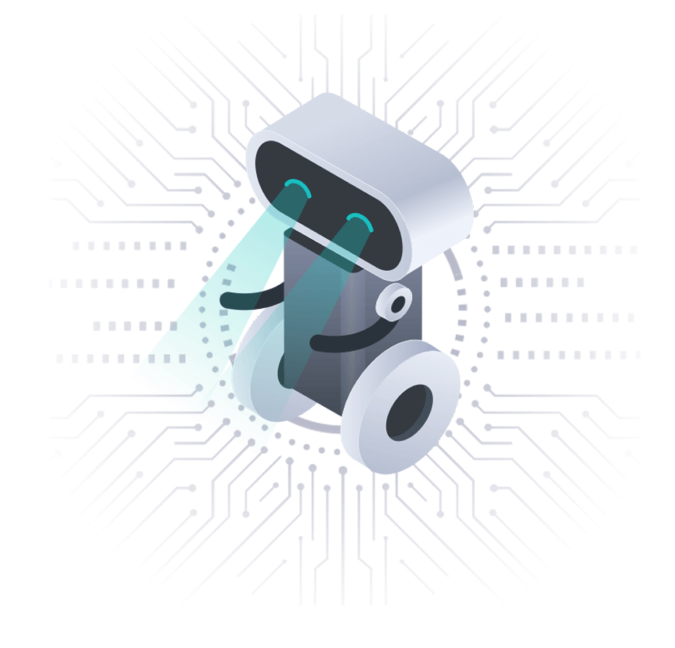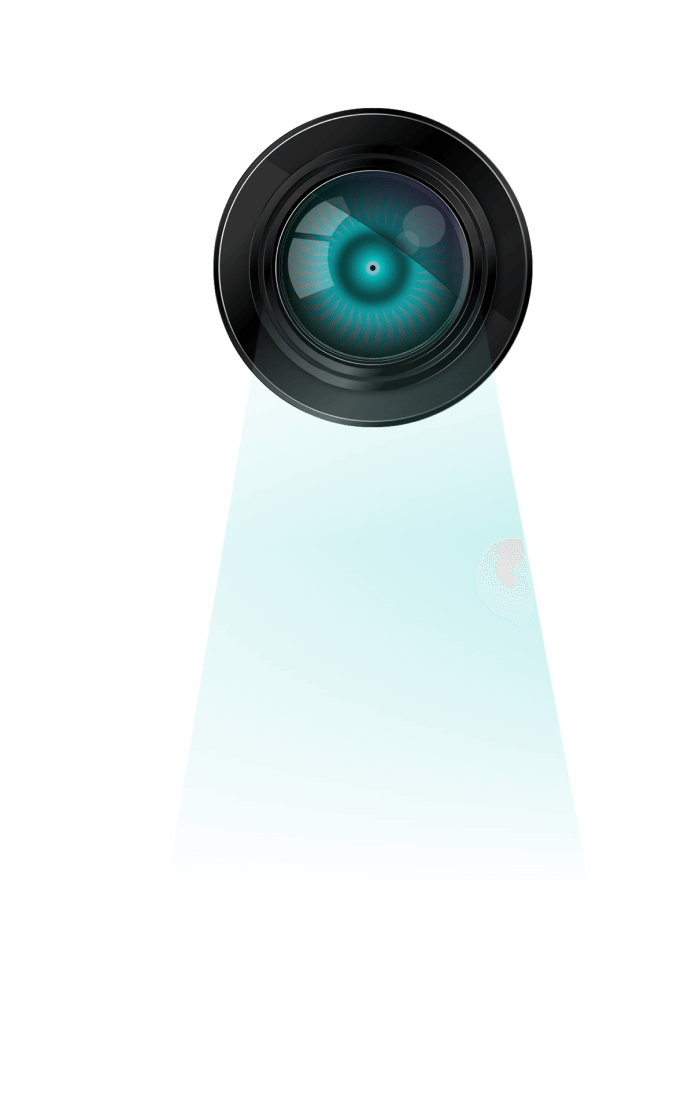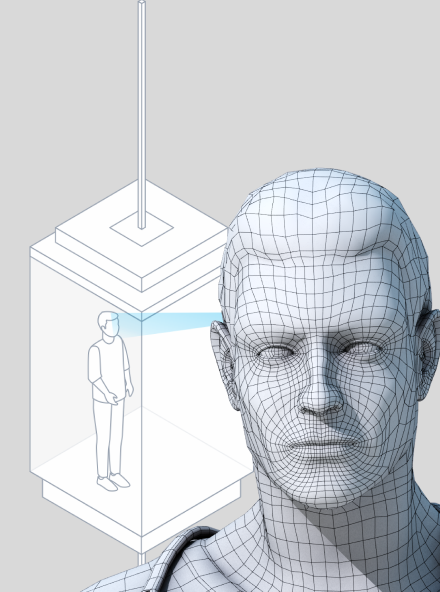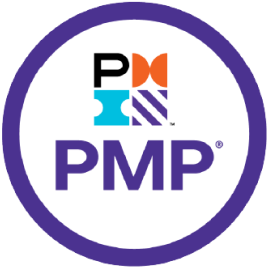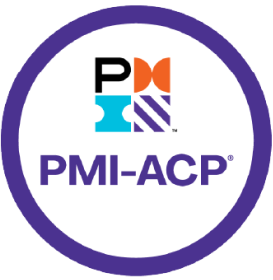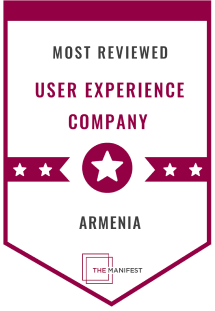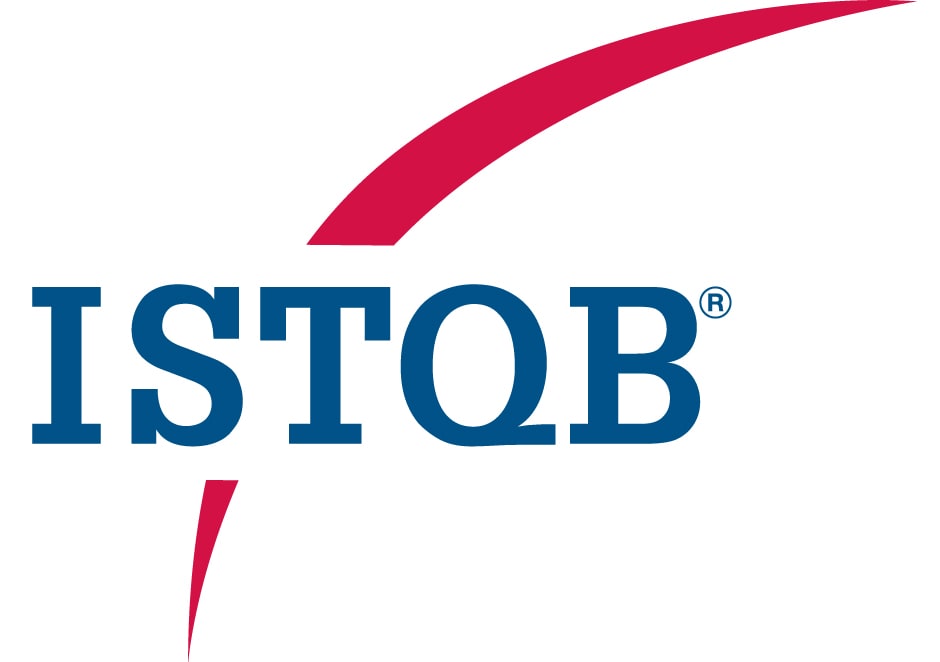The Challenge
Today’s fast-paced retail environment demands that companies invest in solutions that speed up their services and respond quickly to issues that impact their customers. One such issue is quickly detecting spills, trash, and hazards in retail stores and notifying staff to promptly take care of it. Our partner company was a provider of retail store maintenance robots. In the testing stage, they learned that their robots were experiencing issues in recognizing smaller objects (under 2 cm in height) and transparent fluids. While the robots were equipped with monocular vision to collect and sort hazard information, they weren’t able to identify and bypass these particularly challenging objects, which often resulted in their malfunction. I.e., robots would often get stuck in sticky fluids like honey, oil, etc.

